If you aim to achieve that jaw-dropping, head-turning physique, you must build your muscles to be bigger, lose fat to look leaner, and create the illusion that you are jacked out of your mind. If this is what you want, then there are specific muscles that you will want to focus on to achieve the jacked and juicy look.
In this detailed guide, I want to explore the world of "show" muscles—those eye-catching, attention-grabbing muscles and the best ways to work them so you can start looking bigger, much faster!
Table of Contents
- The 4 Muscles To Build If You Want To Look Jacked
- Biceps
- Triceps
- Pectorals
- Shoulders
- Outro
The 4 Muscles To Build If You Want To Look Jacked
1. Biceps
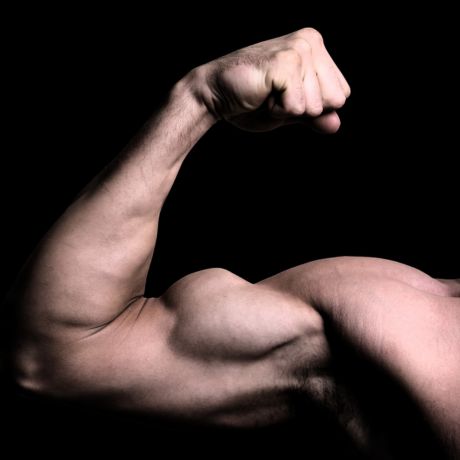
Ah, the biceps – one of the best ways to show off arm strength and look. Why are they so great to work on, you ask? Well, for starters, well-developed biceps can turn heads wherever you go. When you think about it, they are one of the only muscles that show when you wear a shirt. If you ask a random person to make a muscle, what's the first thing they're gonna do? Exactly. Some sort of biceps flex.
The biceps brachii consist of two heads – the long head, which sits on the outside of the arm, and the short head, which sits on the inside of the arm closer to the body. Together, these muscles form the iconic "peak" that bodybuilders strive to achieve.
Typically, when training, you start off the workout with some form of heavier, compound movements. During these compound movements, your biceps (or triceps) are indirectly worked, so you won't need to focus too much on direct volume work to give them the attention they need.
The best way I've found to train biceps without overworking them is to add two to three isolation-type movements (my favorites below) to the end of your workout. I typically add my bicep work at the end of one of my back days!
How To Grow Your Biceps
Incline Bicep Curls
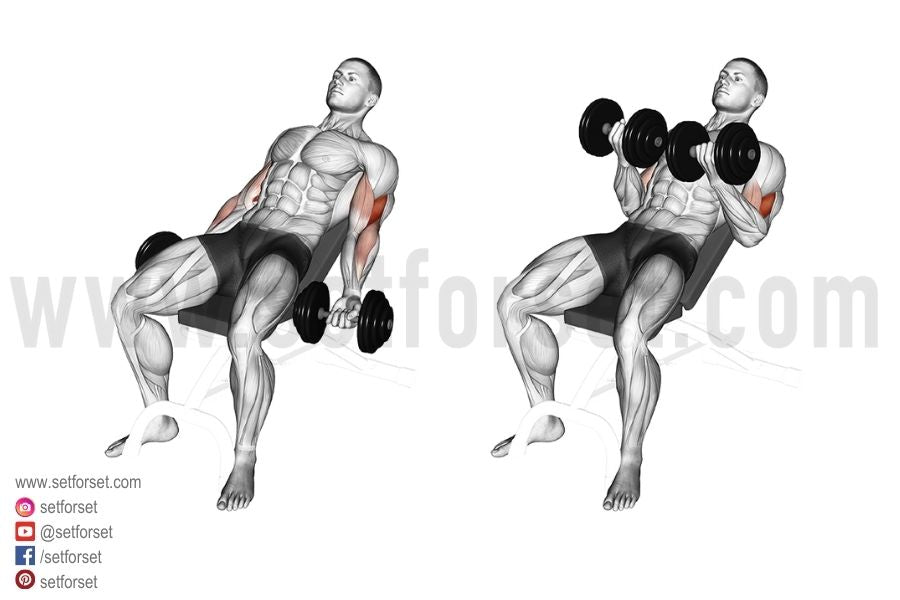
Not only are incline bicep curls exercise my favorite movement for the biceps, but research has also shown it to be one of the best ways to target them.¹
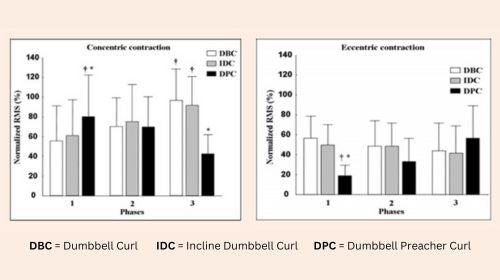
Figure 1: Oliveira LF, et al. (2009)
Adjusting a bench to a 45-degree angle increases tension on the biceps, especially the long head, throughout the entire range of motion, making incline bicep curls one of the best ways to pump up those biceps.
How To:
- Sit on an inclined bench; a 45-degree angle is your best bet.
- Hold a dumbbell in both hands, palms facing forward, and curl the weights upwards while keeping your elbows pinned to your side until you reach at least the mid-range.
- Squeeze the biceps at the top, focusing on a full contraction, then lower the weights with control back to the bottom.
- I recommend shooting for about three sets of 10-12 reps.
Preacher Curls
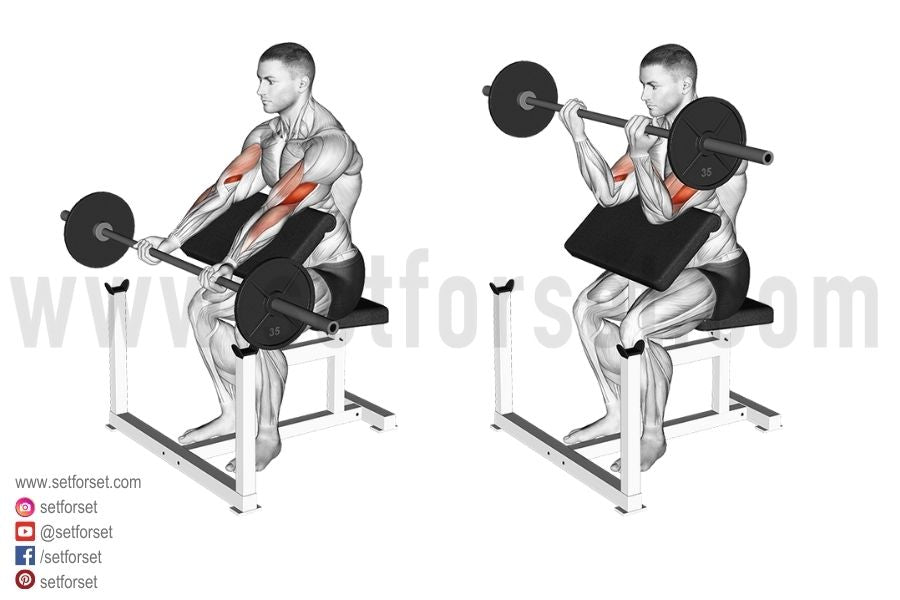
Elevate your bicep gains with preacher curls, which puts a better focus on the short of your biceps since your arms are in front of the body. You can control the movement and better isolate the bicep using a preacher or inclined bench.
Don't ego lift on this exercise; I've seen one too many people tear a bicep while trying to go heavy on a preacher curls. Research has shown that using a lighter weight you can handle will still result in nearly identical gains in muscle mass and size.²
The biggest difference is that using lighter weights and focusing on muscle fatigue reduces the risk of injury.
How To:
- Grab a barbell, EZ curl bar, or a cable handle with an underhand grip and sit down on the preacher curl bench with your feet flat on the floor.
- Adjust the seat so your upper arms and chest touch the arm pad.
- While keeping the upper portion of the arms in contact with the arm pad, lower the weight until your arms are almost completely extended.
- Start to return to the starting position and lift until the weight is level with your shoulders.
- Finish the movement by squeezing your biceps hard.
- I'm a big fan of doing these last and feeling the burn with three sets to failure.
2. Triceps
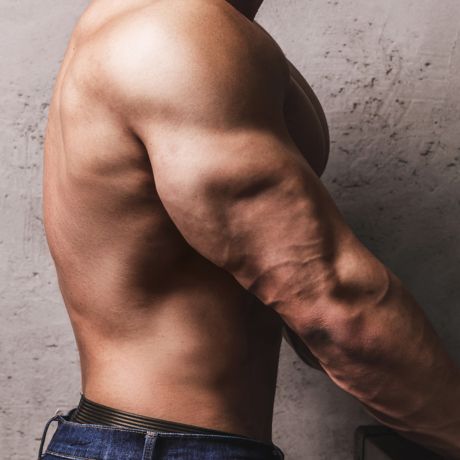
Now, let's shift our focus to the triceps—which, surprisingly, I see people often overlooking. Just like your biceps, they are one of the only muscle groups seen whenever you wear a T-shirt. In fact, I know the triceps play a bigger role in arm size and how jacked you look due to being roughly 65% of the arm's mass!
Part of the reason they are so big is that the triceps brachii is comprised of three heads—the lateral head, situated on the outer part of the upper arm; the long head, which extends from the scapula to the elbow; and the medial head, positioned on the inner side of the arm.
Most people think that if they hit every head of the triceps, they're getting a complete triceps workout routine. Unfortunately, most movements lack when considering the triceps' entire range of motion. We also need to ensure that the exercises we use stretch and work the long head.
Throughout the years of training clients and working out myself, I have found that the triceps typically react well to heavy weights with progressive overload and that the angles at which you hit them play a huge role in which head gets the emphasis.

Prepare to maximize your gains with our exclusive 12-week hypertrophy training program. Choose between a 4 or 5 day training split and gain 2-12 pounds of muscle over 90 days...
How To Grow Your Triceps
Overhead Tricep Extension
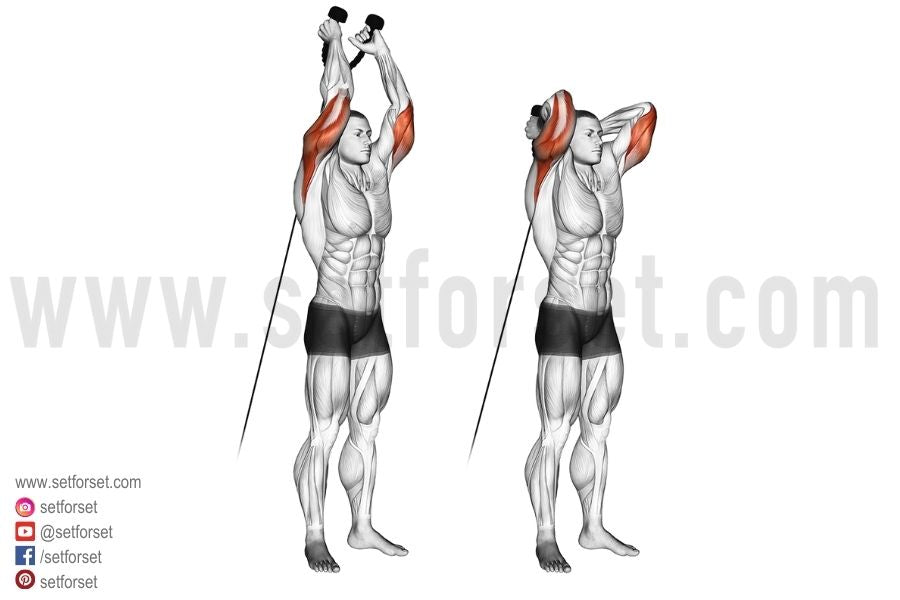
Similar to the long head of the biceps, the tricep's long head tends to get ignored, primarily due to being the only head that crosses the shoulder joint. To blast your long head, you must put your shoulder in a degree of shoulder flexion, making an overhead extension one of the best options.
In fact, according to this research article, Triceps brachii muscle hypertrophy is substantially greater after cable extension training is performed in the overhead rather than the neutral arm position.³
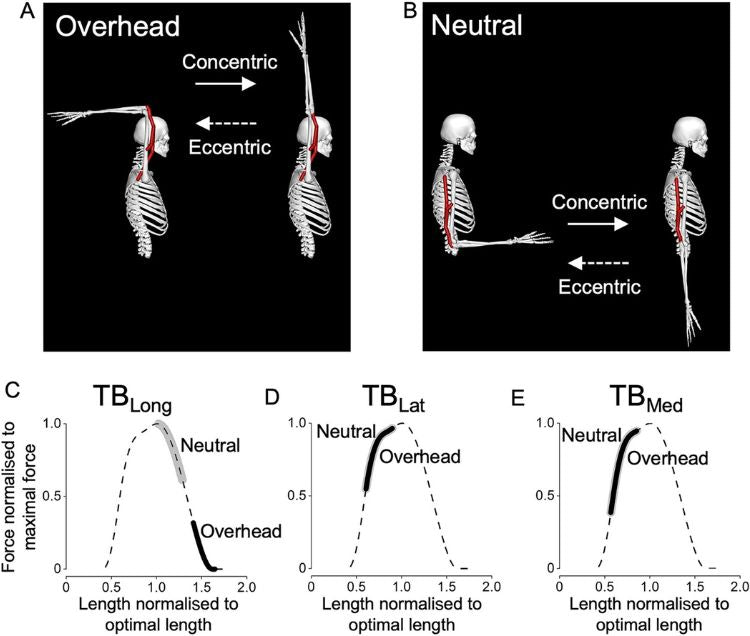
Figure 2: Maeo, S., et al. (2023)
How To:
- Connect a rope accessory to a cable system, and set the cable just below shoulder level.
- Hold the rope with both hands and extend your arms directly over your head, palms facing each other.
- Hold your elbows tight to your head, arms perpendicular to the ceiling, and knuckles pointed up towards the roof.
- Slowly lower the rope behind your head as you hold your upper arms in place.
- Go back to the starting position. You should feel a great pull/stretch in your triceps in this position.
- Perform three sets of 12-15 reps.
Tricep Rope Pushdowns
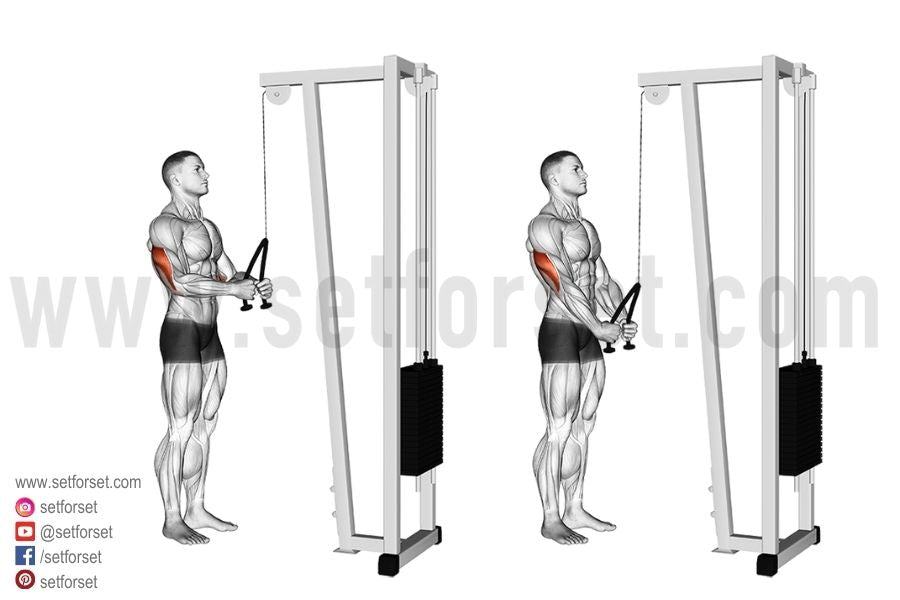
Triceps pushdowns are a staple move in almost every tricep workout. It is a fantastic movement that hammers your triceps from all angles and will result in an incredible tricep pump and development.
When doing this exercise, a great way to change it up without adjusting the mechanics is to test out different intensities and speeds.⁴ This forces the three heads of the tricep to work more independently and can change the emphasis on the muscle.
How To:
- Fasten a rope handle in the top position of a cable setup.
- Grip the rope with an overhand grip and take a step away from the pulley.
- Elbows need to be pinned from the side to isolate the triceps better.
- Pull the rope down slightly until your upper arms are perpendicular to the ceiling. This is the starting spot.
- Push the rope down until your arms are fully extended. Flaring your wrist out at the same time.
- With control, bring the rope up again to the starting position.
- For maximum pump, perform three sets of 12-15 reps with controlled movements.
3. Pectorals

In my personal opinion, the chest is one of the most important muscles to work if you want to look jacked and more manly. Of the two chest muscles, the pectoralis major is the one you must focus on as it takes up the most room. The pectoralis major comprises two parts whose fibers run in different directions.
The upper chest muscle fibers (clavicular head) start from the clavicle and run toward the humerus. They then go upward diagonally toward the center of the chest. These muscle fibers are best activated through inclined movements like flyes and presses.
Most people tend to spend too much time focusing on standard bench press, which, don't get me wrong, is a great exercise. However, this typically leaves the upper chest neglected, resulting in a flatter and narrower chest.
The mid/lower chest fibers (sternal head) that come off the sternum are oriented horizontally, almost straight across the chest, and, like the fibers' orientation, they get the most activation through horizontal pressing movements.
Your miles may vary, but I find that working out my chest twice per week, with most of my focus being on the upper chest, is the sweet spot for building a massive chest that everyone will want to check out.
How To Build Your Pecs
Incline Bench Press
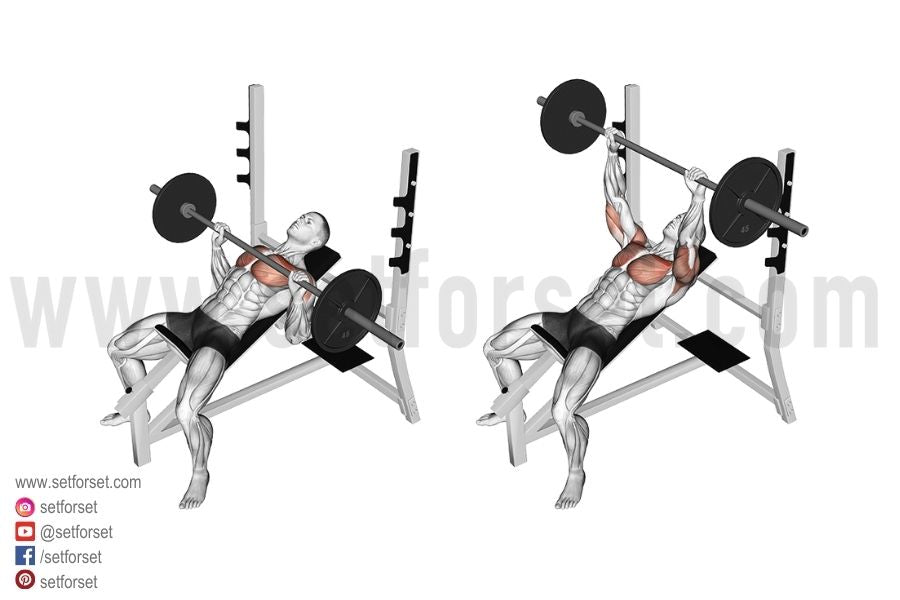
I love flat bench presses as much as the next guy, but if you really want to look jacked, you need to focus more on incline bench and, if possible, do some form of incline pressing at least twice per week. While it may not seem like simply changing the angle would make an impact, it can improve the range of motion and affect how the muscles are recruited.
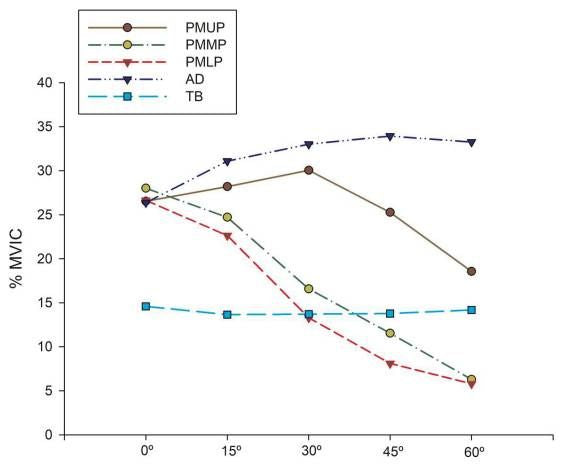
Figure 3: Rodríguez-Ridao, David, et al. (2020)⁵
In case you can't decipher the EMG above and don't want to get into the nitty-gritty of the study, to target those upper chest fibers, use a 30º angle bench. If you do want to get into the details, check out our full article on incline bench angles.
How To:
- Adjust the incline bench to 30º (or 45º if your bench doesn't have a 30º angle).
- Lie back on the bench, feet flat on the floor, and shoulders and head firmly pressed against the pad. I find squeezing my glutes can help me stay in place.
- With an overhand grip, grab the barbell slightly wider than your shoulders and tighten your core.
- Lift the barbell off the rack and hold it above your upper chest with extended arms.
- Take a big inhale before you lower the barbell towards your upper chest, keeping your elbows at a slight angle.
- Pause slightly at the bottom, but don't rest the bar on your chest.
- Exhale as you push the barbell to the starting position, extending your arms without locking out
- Keep reps in the 8-12 range with 4-5 sets to get jacked.
Seated Cable Flyes
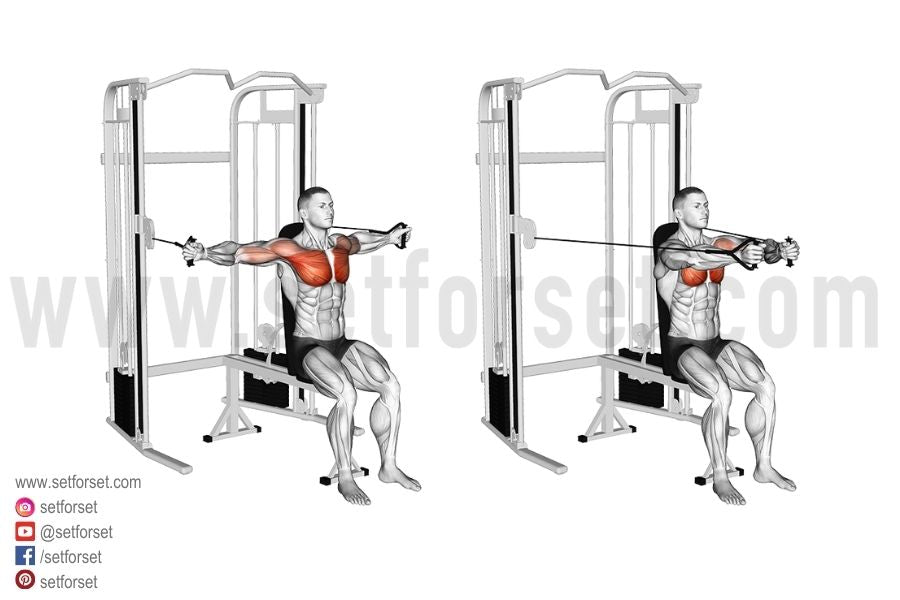
Isolate and stretch the pectoral muscles with cable chest flyes, which can help to improve your range of motion and increase chest muscle activation. Doing these from a standing position can make it difficult to focus on the chest muscles and not increase involvement of the anterior delts, so I recommend doing them from a seated position (upright bench) if possible.
This provides the necessary stability and limits the focus on the core and stabilizing muscles, allowing the pecs to be isolated better.
How To:
- Set both pulleys directly at (or slightly above) shoulder height and select the desired weight.
- Use an upright bench, similar to how you would use it for shoulder presses.
- Set the bench slightly in front of the handles hanging, and sit down with your back against the pad and feet flat on the ground.
- Grasp both handles with a neutral grip.
- Press the handles to lockout in front of you while contracting the pecs and extending the elbows.
- Keep a slight bend in the elbows and slowly open your arms to stretch the pecs.
- Return to the starting position by squeezing your pecs and bringing the handles back together at chest height.
- Typically, I do these right after my compound chest movement and do four sets of 10-12 reps.
4. Shoulders
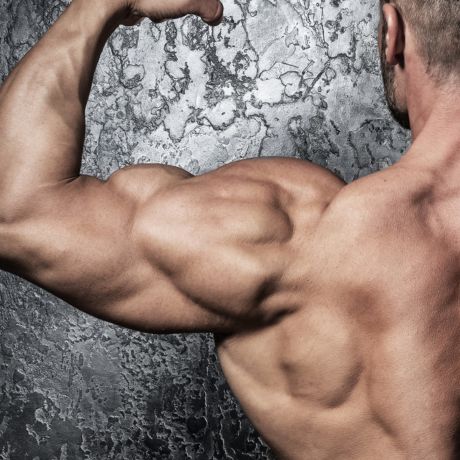
While they may seem like a tiny muscle group, having boulder-like delts is one of the biggest ways to prove that you're jacked and juicy. Large shoulders can even make your waist appear to be smaller!
The shoulders are composed of three heads: the anterior (front) head, lateral (side) head, and posterior (rear) head. The anterior delt is in charge of shoulder flexion (raising the arm) and internal rotation, so I don't typically recommend that most people worry about adding too many front delt isolation movements, as they already play a huge role in primary pushing movements.⁶ As the table below shows, the activation on a pressing movement over front raises is substantial.
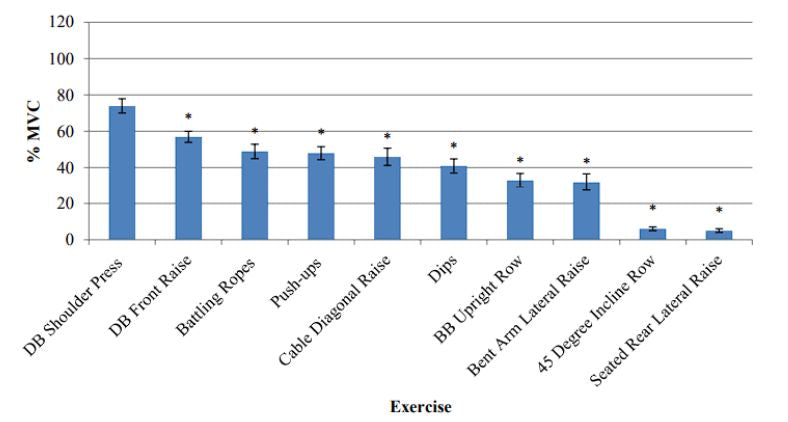
Figure 4: Sweeney, S.P. (2014)
The posterior delts help move your arms out to the side (transverse shoulder abduction) and with external rotation. Like the front delts, these get worked plenty whenever you do pulling movements like bent-over rows. So, doing much isolation work to build the rear delts may not be necessary.
The lateral deltoids help raise the arms to the side (shoulder abduction). Unlike the other two delts, many common compound movements you will be doing don't target the side delts enough. So, adding isolation movements for the side delts is necessary if you want to build those bigger, rounder boulder shoulders.
From experience, they recover quickly and tolerate higher volumes of isolation movements quite well. They recover so quickly that I would be surprised if you couldn't train them at least twice per week!
How To Build Your Shoulders
Leaning Cable Lateral Raises
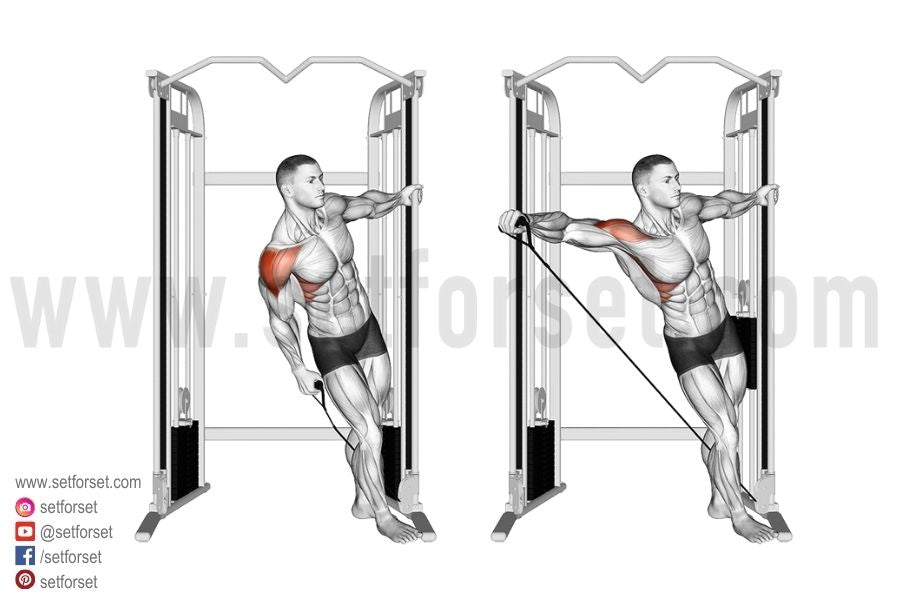
This is the only isolation movement you need to work the side delts and get that rounded and jacked look. While it may seem silly to lean, it makes the starting position where the side delt activates instead of other muscles.
The lean angle and cable machine add constant tension, a bigger range of motion, and are more joint-friendly to the side delts than a traditional dumbbell lateral raise.
How To:
- Stand next to a cable setup with the handle attachment adjusted to the lowest position.
- With the outside arm, reach across your body, grab the handle, and stand straight up with your arm fully extended and feet facing forward.
- Grip the upright with your inside arm for support.
- Place your feet close to the cable setup, which allows you to lean away from the machine.
- Maintaining a slight bend in the arm you're working, raise your arm to shoulder height, then lower the weight back to the starting position.
- Four sets of 12-15 reps will be more than enough to build the side delts.
Cable Face Pulls
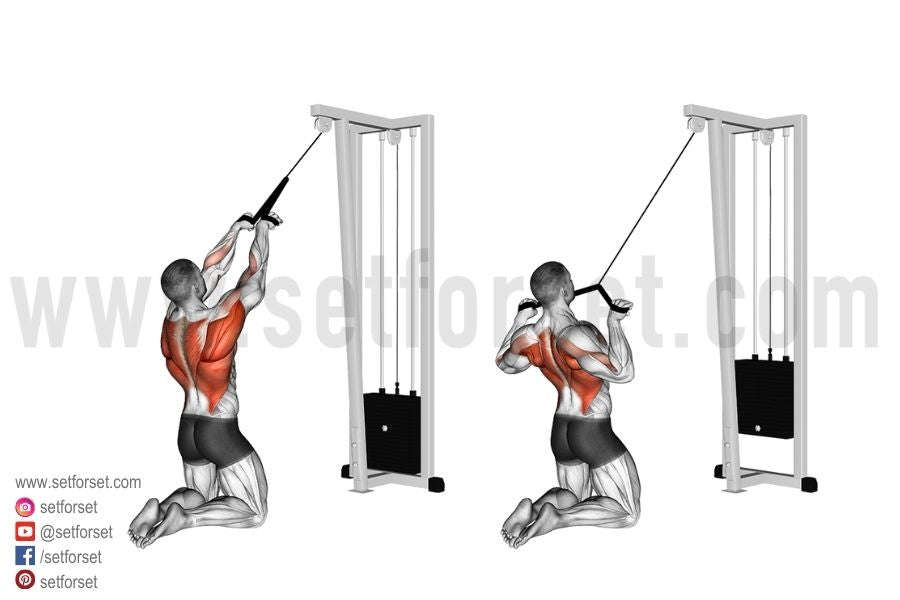
I know I said earlier that you don't have to focus too much on adding isolation work for the rear delts. However, I would much rather you add rear delt accessories to a workout than anterior delt exercises. A great set of rear delts can help make you look massive from the back.
Face pulls are excellent for the rear deltoids, trapezius, and upper back muscles. When doing this exercise, it is pretty common for people to use too much weight and use momentum to pull toward the body. The rear delts are relatively small, and lighter weight will better target them effectively.
How To:
- Set up a cable machine to position the pulley slightly above your head. The rope attachment is the best attachment option.
- Grab the handles with both hands, palms facing in and elbows out.
- Step back until your arms are extended, and lean back slightly.
- Pull the rope toward you just enough to start lifting the weight from the stack. Then, engage your shoulders, rolling them back so you don't want them hunching or rolling forward. This is the starting position.
- Pull the attachment handles straight toward your forehead, keeping your palms facing in as your elbows flare outward toward the sides, which engages the rear delts.
- To finish the rep, slowly extend your arms without allowing your shoulders or chest to roll forward as you extend back to the starting position.
- Start by doing three sets of 15-20 reps.
Outro
Well, guys, that's a wrap! You now have the tools and knowledge to sculpt those show muscles and become the envy of every gym bro (or gym gal) out there. But hey, make sure not to take yourself too seriously – fitness is supposed to be fun, right?
If you're looking to build muscle everywhere and get truly jacked, don't forget to check out our hypertrophy program.
Citations:
- Oliveira LF, Matta TT, Alves DS, Garcia MA, Vieira TM. Effect of the shoulder position on the biceps brachii emg in different dumbbell curls. J Sports Sci Med. 2009 Mar 1;8(1):24-9. PMID: 24150552; PMCID: PMC3737788.
- “Pumping Iron: Lighter Weights Just as Effective as Heavier Weights to Gain Muscle, Build Strength.” ScienceDaily, 2016, https://ift.tt/W0wNFZn.
- Maeo, S., Wu, Y., Huang, M., Sakurai, H., Kusagawa, Y., Sugiyama, T., Kanehisa, H., & Isaka, T. (2023). Triceps brachii hypertrophy is substantially greater after elbow extension training performed in the overhead versus neutral arm position. European journal of sport science, 23(7), 1240–1250. https://ift.tt/pxNH2vT
- Hussain, Jawad, et al. “Muscle Fatigue in the Three Heads of Triceps Brachii during Intensity and Speed Variations of Triceps Push-down Exercise.” Frontiers in Physiology, vol. 11, 21 Feb. 2020, https://ift.tt/ALSnqYM.
- Rodríguez-Ridao, David, et al. “Effect of Five Bench Inclinations on the Electromyographic Activity of the Pectoralis Major, Anterior Deltoid, and Triceps Brachii during the Bench Press Exercise.” International Journal of Environmental Research and Public Health, vol. 17, no. 19, 8 Oct. 2020, p. 7339, https://ift.tt/oSTUtIa.
- Sweeney, S. P. (2014, May 1). Electromyographic analysis pf the deltoid muscle during various shoulder exercises. Minds.wisconsin.edu. https://ift.tt/BfUrxYJ

0 Comments